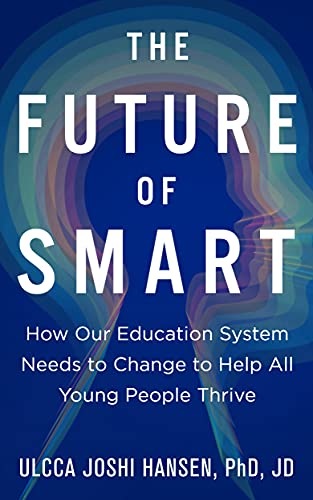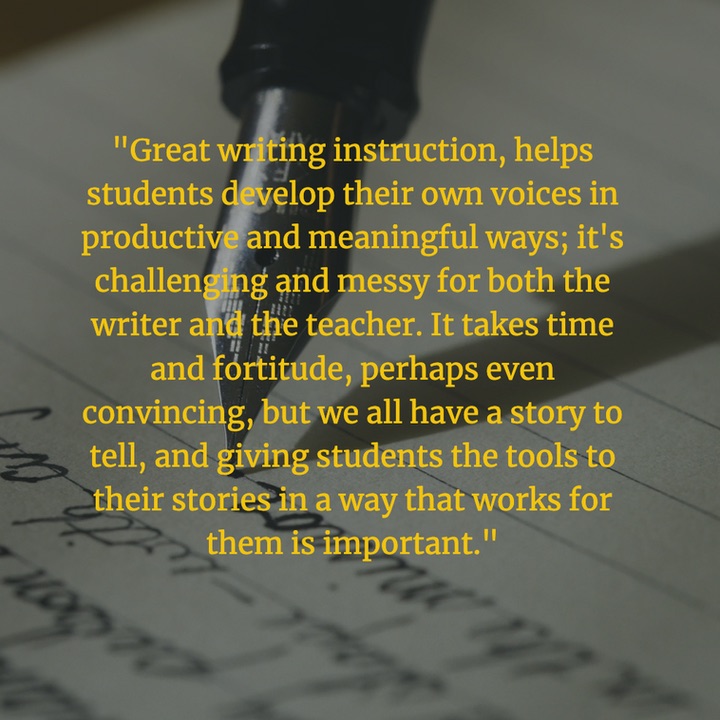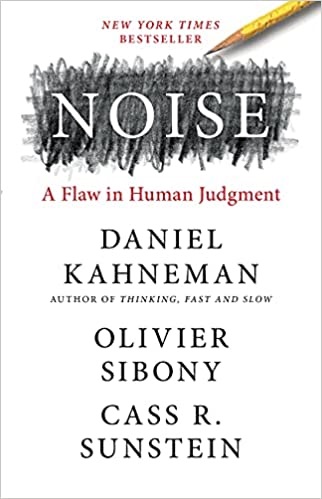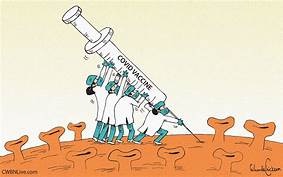
The Future of Smart: How Our Education System Needs to Change to Help All Young People Thrive by Ulcca Joshi Hansen is the book for you if you want to make education more authentic, exciting, and valuable for every student in your school. It gives some history of how the factory model of schooling got started and how it still exists in some classrooms. It talks about districts that have tried to bolt on innovations such as projects and internships to conventional schools. It also talks about schools that have made a full transition to what she calls Human-Centered/Liberatory schools. There is a list of 49 US schools she has visited that have made this transition.
Introduction
- Ulcca has visited many schools and some give her a feeling of welcome, openness, and curiosity. Montessori schools generally fall into this category. Do schools kill creativity? Yes. But not all schools. The compelling schools she found did just the opposite. Fostering curiosity and creativity is not straightforward, but it can be done. The purpose of this book is to describe the steps to take if you want your school to match this ideal. We have to ask “how are you smart? rather than “are you smart?” We need to focus on cultivating the unique abilities of each child rather than reinforcing an arbitrary hierarchy of merit. Wealthy parents often pay to send their children to holistic schools, but some of these schools do arise in poor neighborhoods.
Part 1 – Past: A Brief Overview of How We Got Here
1. Education at a Crossroads
- We start with the history of the standardized test movement that started under Clinton in the 1990s and took off with the bipartisan NCLB under Bush 43. It never asked if something was wrong with the system so efforts to get kids to pass tests were added on to the factory system in place that started in the 1800s. There is some explanation about what we know about the differences between our left and right brain. (Watch Iain McGilchrist’s TED Talk “The Divided Brain” for details.) Ulcca feels that the testing has put more emphasis on what the left brain is good at and less on the holistic nature of the right brain to the detriment of all students.
2. The Origins of the Divide Our Modern Worldviews
- Here we explore the clash of the different world views of the indigenous peoples of the Americas and the people of Europe who were strongly influenced by the objectivism of the Scientific Revolution. Indigenous people were indifferent to property ownership, lacked a sophisticated written language, and lived by myths and rituals. These are hallmarks of right-brain thinking. Europeans gave value to everything based on how useful they were (utilitarianism). It’s no surprise that Christian monarchs sent explorers out to expand their faith and improve their fortunes. These are hallmarks of left-brain thinking. We also learn that in China new scientific ideas were incorporated into traditional holistic thinking rather than replacing it. The question then becomes, can we revive indigenous ways of knowing without discarding science or technology?
3. A Worldview Divide in Education
- Before schools were invented, most children learned by experiencing life with their family and their community. In essence, they were home-schooled. Schools were modeled after factories with each child treated like an object that needed to be filled with the same knowledge and skills. The natural world was screened out in the impersonal left-hemisphere-oriented system. Discoveries in physics by Einstein and others showed that nature was interconnected and that the old laws of Newton were only approximations. With this background, reformers of education like Montessori, Steiner, and Krishnamurti developed schools where children could engage with the world and each other to develop as individuals. This is based on the idea the children teach themselves. They also need distance from authority and bureaucracy.
4. Holistic-Indigenous and Ecological (HIL) Values in Education
- The factory model where everyone learns the same things at the same time at the same pace is very unnatural. It features no understanding of child development or uniqueness. Children are separate entities and there is no focus on relationships or collaboration. It is also still the dominant model found in our schools. The HIL system focuses on interconnection and relationships and connections are central. The school is seen as a community. Academic subject matter is still a concern, but so are social-emotional skills. In addition to being consumers of knowledge, students will be producers as they create projects that use things like podcasts, interviews, observations, and conversations along with reading. Assessments give students information on how they can improve the learning process.











 @Tritemare
@Tritemare




